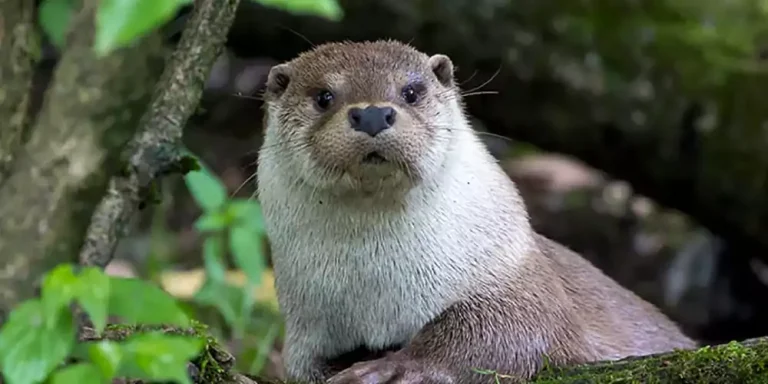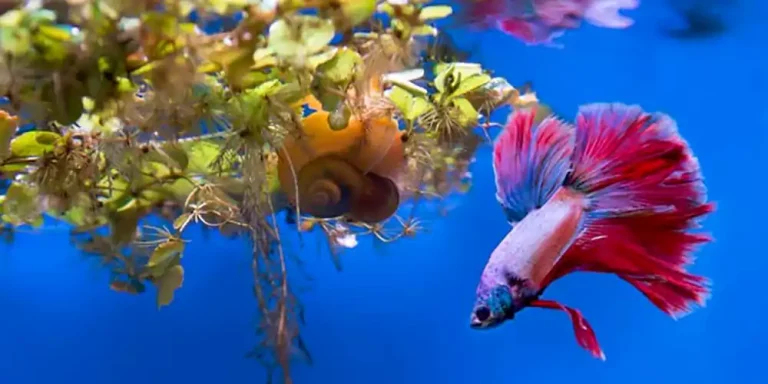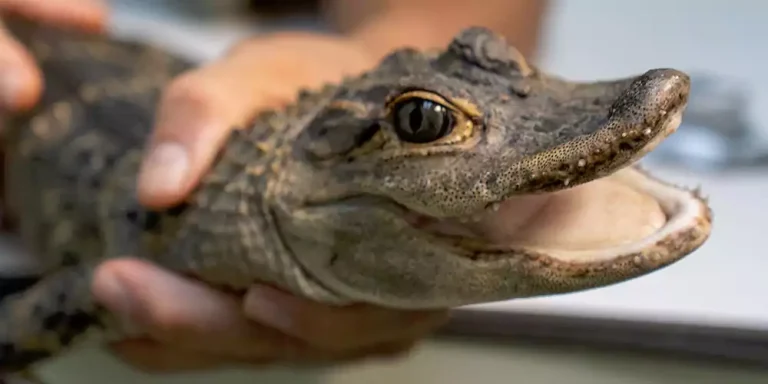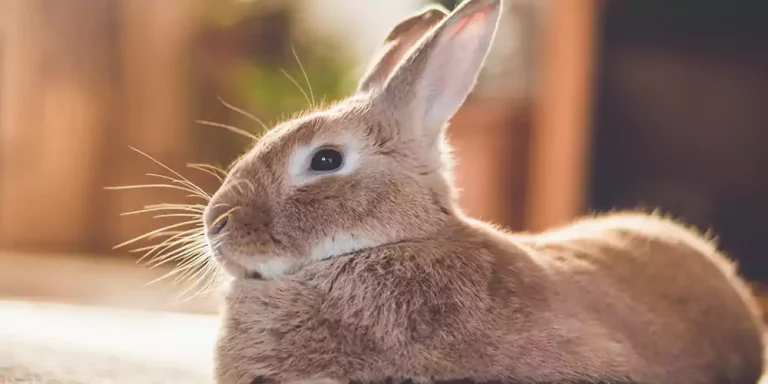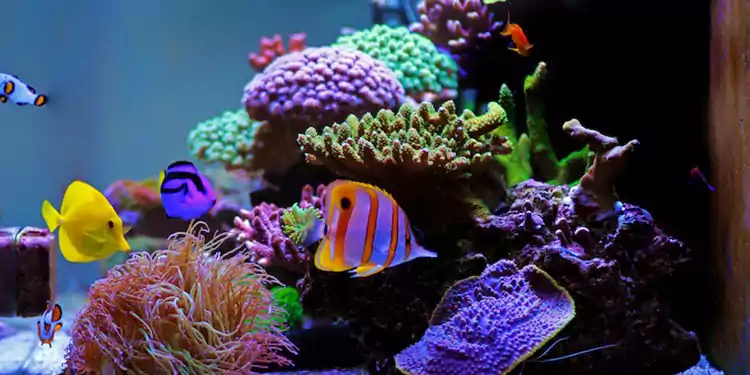How to Take Care of a Turtle Baby

As passionate animal lovers, we understand the joys and responsibilities of caring for pets, including our baby turtles. As a pet owner or upcoming turtle parent, it is important to know the basics of baby turtle care, from setting up their habitat to feeding and caring for them.
Hey! My name is Sam, and I’m back with another blog. You know how much I love my turtles If you read my last blog on 5 Types of Pet Turtles That Make Great Pets. Today, we talk about how to take care of a turtle baby.
First things first, it is important to choose the right type of turtle and a reputable breeder, because caring for a turtle baby is not a piece of cake. Some of the most popular breeds of baby turtles include Red-eared Sliders, Painted Turtles, and Map Turtles I mentioned in my last blog.
Once you have selected your baby turtle, it is time to set up its habitat. The turtle’s habitat should be appropriate for its size and needs. Now it’s time to ensure your baby turtle’s health and safety; you should ensure that the habitat’s temperature is kept between 75-85 degrees Fahrenheit.
The humidity should also be kept at the right level, usually around 50-60%. You can use a thermometer and a hygrometer to monitor these conditions.
Baby Turtle Feed
Feeding your baby turtle is also an essential aspect of caring for them. A baby turtle’s diet should consist of commercial food and live food, such as earthworms, crickets, and mealworms, or packed food, like Inch turtle food.
It is important to avoid feeding your baby turtle human food, as it can harm their health. Remember, overfeeding your turtle can lead to obesity and other health issues.
When caring for your turtle, it’s important to choose bowls that are easy to clean, non-porous, and have a natural look that blends in with their environment. That way, your turtle can feel like it’s searching for food in the wild.
How to Take Care of a Turtle Baby’s Habitat
Maintain the cleanliness of the habitat by performing regular water changes and cleaning the enclosure. Baby turtles produce a lot of waste, so it is important to keep their habitat clean to prevent the growth of bacteria and other harmful substances. It is a key start to caring for a turtle baby.
Set Up Temperature Control
Turtles are pretty cool animals but need a comfy temperature to thrive, especially baby turtles. They like it warm – between 60 and 90 degrees Fahrenheit is right for most of them. If it gets too chilly, your turtle might hibernate or get sick, so keep it cozy.
For aquatic turtles, it’s best to warm up their water, and a basking light is perfect for heating up the air in their tank.
Change Habitat
As your baby turtle grows, it will require a larger habitat, and you may need to upgrade its environment. This may include purchasing a bigger tank or adding additional accessories, such as a basking platform or a filter.
Do Not Play with Your Turtle Often
As a heads-up, turtles don’t like to be handled and can get stressed out if you try to play with them too much. They’re more like a pet to look at than to cuddle with if you know what I mean. And listen, if you drop or throw your turtle, even though they have a hard shell, it can still get hurt. So please, be gentle with your little buddy and treat them carefully.
Schedule Regular Vet Visits
Schedule regular vet visits for your baby turtle baby to ensure they stay healthy and happy. Like any other pet, turtles require proper healthcare, and regular check-ups with a qualified veterinarian are essential to providing that care.
During these visits, the vet will examine your baby turtle to detect any potential health problems and address any concerns you might have about their diet, behavior, and overall well-being. They will also advise you on improving your habitat and provide you with any necessary medication or supplements to maintain your health.
Wash Your Hands
Last but not least, how to take care of a turtle baby. Just a quick tip: if you touch your turtle or anything in its cage, ensure you wash your hands well afterward. Turtles can carry salmonella, which is a type of bacteria that can make you pretty sick. So, it’s super important to keep those hands clean and ensure you don’t get any germs. Stay healthy, and take care!
Common FAQ on How to Take Care of a Turtle Baby
I found many questions on how to take care of a turtle baby which you guys ask of social platforms, but the blog is already long, and I don’t want to let you get bored, so I picked a few ones, but if you can’t find your answer here ask me in comments. I will love to answer. 🙂
Awesome! Now that you’ve got your baby turtle’s habitat set up, get ready for a fun and rewarding friendship that’ll last a long time.
Now you know all about how to take care of a turtle baby. So It’s time to say goodbye for now, but wait, did you read our last blog that was written by Danial sir, an expert in many pet fields? Go and check out how to train a dog. Don’t forget to give your opinion on this article; we all will love to read your comments.
